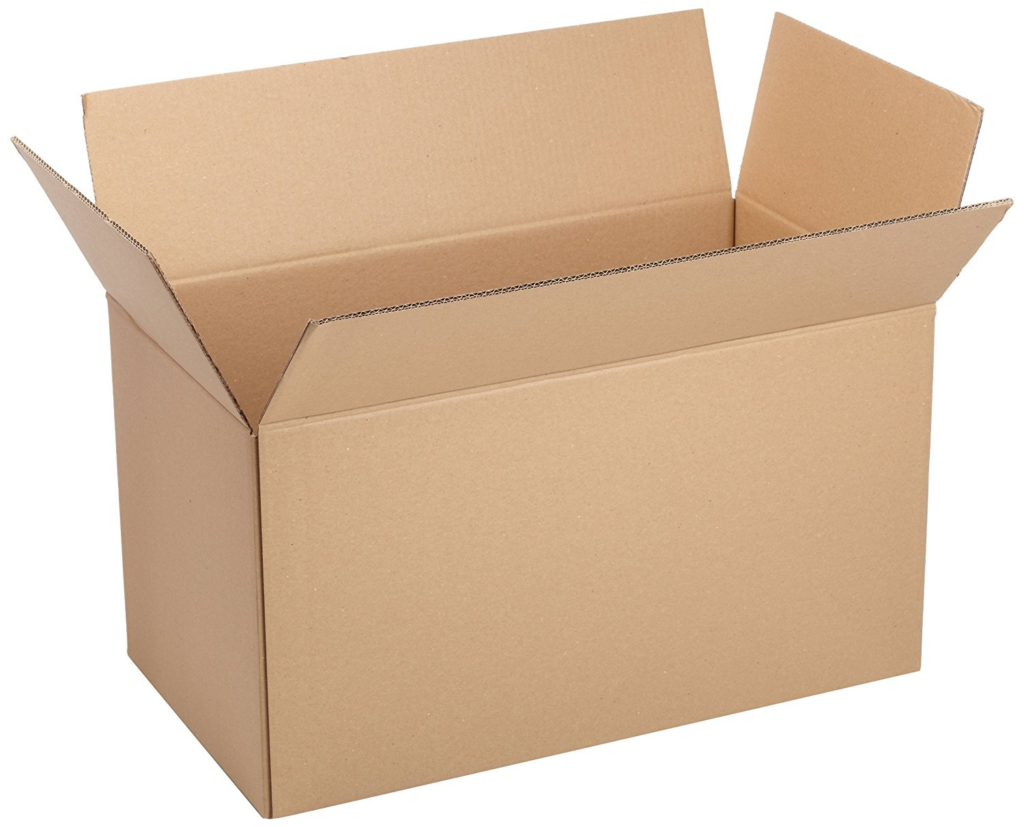
The Eco-Friendly Marvel: Paper Packaging

Paper packaging stands as a testament to sustainable ingenuity in the modern world. Derived from renewable resources like wood pulp, paper offers a multitude of benefits while minimizing environmental impact.
Dating back to ancient China, paper has evolved from a luxury item to a ubiquitous material in our daily lives. Today, it serves as a cornerstone of packaging solutions worldwide. From corrugated cardboard boxes to paper bags, its versatility meets the diverse needs of industries and consumers alike.
One of paper packaging’s most significant advantages lies in its recyclability. Unlike plastics, paper can be easily recycled and repurposed, reducing waste and conserving resources. Recycling paper not only saves trees but also reduces energy consumption and greenhouse gas emissions associated with paper production.
Furthermore, paper packaging aligns with growing consumer demands for sustainability. Brands prioritize eco-friendly packaging options, opting for recycled paper and utilizing responsible sourcing practices. Biodegradable coatings and inks further enhance the eco-friendliness of paper packaging, ensuring minimal environmental impact throughout its lifecycle.
Paper’s adaptability extends beyond traditional packaging. It finds application in innovative solutions such as molded pulp packaging, which offers a sustainable alternative for protecting fragile items during transit. Biodegradable cushioning materials derived from paper provide effective protection while minimizing waste.
The versatility of paper packaging extends to industries beyond retail. In agriculture, paper-based solutions like compostable seedling pots and biodegradable mulch films promote sustainable farming practices. In food service, paperboard containers and trays offer convenient and eco-friendly options for serving meals.
Educational initiatives and public awareness campaigns promote responsible paper consumption and recycling practices. Encouraging consumers to choose paper products with high post-consumer recycled content fosters a circular economy, where resources are reused and waste is minimized.
Despite its eco-friendly attributes, paper packaging faces challenges. Intensive paper production processes can contribute to deforestation and habitat loss if not managed sustainably. Balancing the demand for paper products with forest conservation efforts remains a key priority for industry stakeholders.
In conclusion, paper packaging stands as a beacon of sustainability in a world grappling with environmental challenges. Its recyclability, versatility, and eco-friendly attributes make it an indispensable part of the packaging landscape. By embracing responsible sourcing practices and promoting recycling initiatives, we can ensure that paper packaging continues to serve as a model for sustainable packaging solutions.
